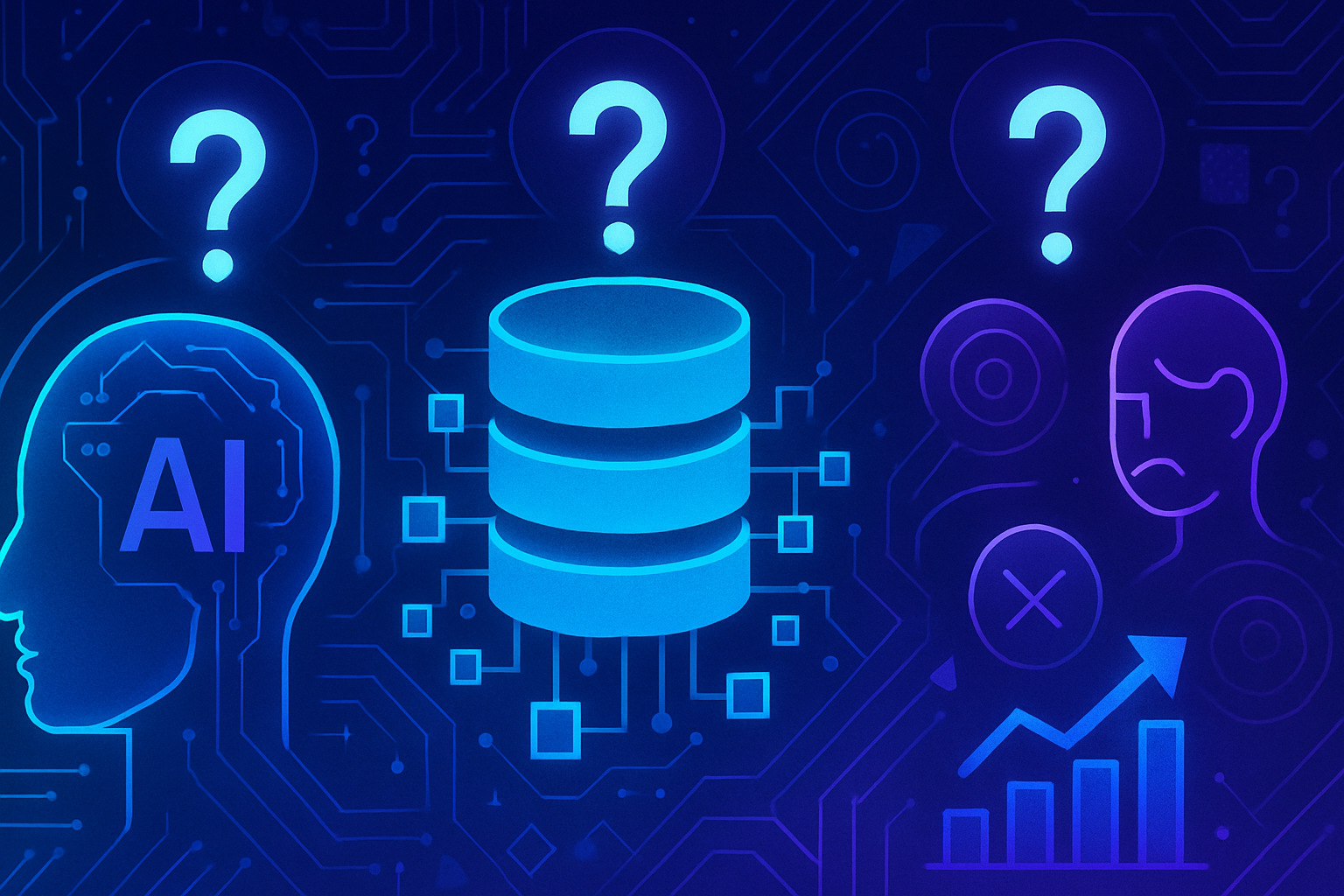Synthetic data, artifacts created by algorithms, generate intense debate in the field of artificial intelligence. As privacy protection becomes an unavoidable imperative, this technology eclipses traditional methods of data collection. The stakes crystallize around three key questions that arise for every professional: how to ensure the reliability of synthetic data? What are the ethical implications of their use? Finally, how to mitigate the risks associated with a constantly changing environment?
Definition and Generation of Synthetic Data
Synthetic data results from algorithms creating datasets that imitate the statistical properties of real data while containing no content from authentic sources. Their production relies on generative models capable of analyzing a portion of real data to develop a substantial amount of synthetic data.
This process has evolved in recent years, allowing for the creation of sophisticated models. These models capture the underlying rules and endless patterns of real data. The different data modalities include not only text but also images, audio, and tabular data. Each modality requires specific approaches to effectively generate synthetic data.
Advantages of Synthetic Data
Privacy Protection
One of the major advantages of synthetic data lies in its ability to preserve the confidentiality of users. Being artificially generated, it contains no identifiable information, thus limiting the risks associated with the disclosure of sensitive data. This characteristic proves particularly relevant for sectors handling customer data, such as banks.
Cost Reduction and Acceleration
Using synthetic data significantly reduces costs in data storage and management. They facilitate the speed of development of new artificial intelligence models. For example, companies can generate billions of test cases in a reduced timeframe, optimizing their resource management.
Improvement of AI Models
Synthetic data also provide a means to increase the number of available examples for training machine learning models. In cases where real examples are scarce, particularly in contexts such as fraud detection, generating additional synthetic data can significantly improve model accuracy.
Risks and Disadvantages of Synthetic Data
Concerns About Reliability
Despite their advantages, questions remain regarding the credibility of synthetic data. Users may wonder about the reliability of this data when applied in critical systems. Careful assessment and thorough validation are necessary to ensure the performance of models trained with this data.
Bias Risks
Biases present in real data can be reproduced in artificially generated data. A small sample of real data can lead to distorted outcomes. Users must therefore implement normalization techniques that minimize biases, thus ensuring balanced and representative datasets.
Technical and Regulatory Requirements
Using synthetic data requires a deep technical understanding of their creation and evaluation. Organizations must be aware of legal regulations regarding data, such as the CNIL requirements regarding web scraping. Meticulous planning is then necessary to avoid any regulatory slip-ups.
Frequently Asked Questions
What are the main advantages of synthetic data in AI development?
Synthetic data helps preserve privacy, reduce data collection costs, and accelerate the development of new AI models. They also facilitate software testing by providing suitable datasets without compromising the security of real information.
How is synthetic data generated and how does it differ from real data?
Synthetic data is algorithmically created to mimic the statistical properties of real data, without containing information from real sources. Through generative models, they capture the underlying rules and patterns present in real data, thus providing realistic test data.
What are the potential limitations and pitfalls associated with using synthetic data in AI?
Risks include bias that may be transferred from real data to synthetic data, as well as the difficulty of evaluating the reliability of conclusions. It is crucial to assess the system and use sampling techniques to ensure the data remains representative and accurate.
How can one guarantee the quality and validity of conclusions drawn from synthetic data?
To ensure their quality, it is important to use existing evaluation metrics and methods to measure the proximity of synthetic data to real data. Validation processes must be established to ensure that synthetic data produces reliable outcomes when used to train AI models.





